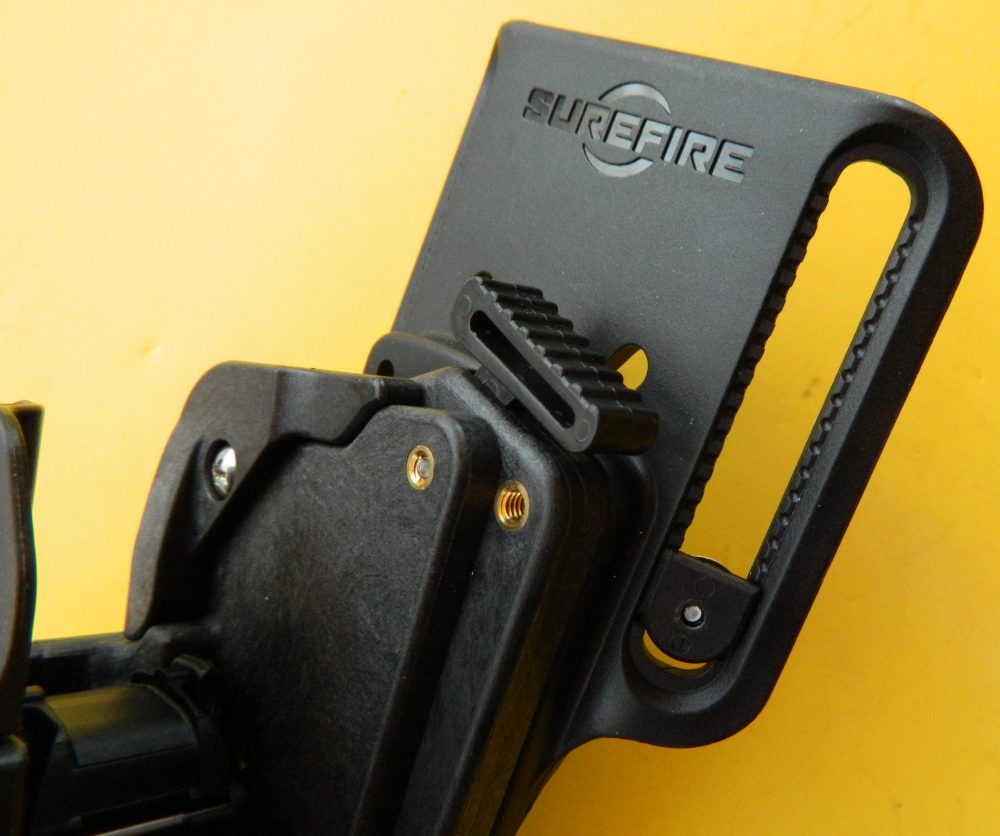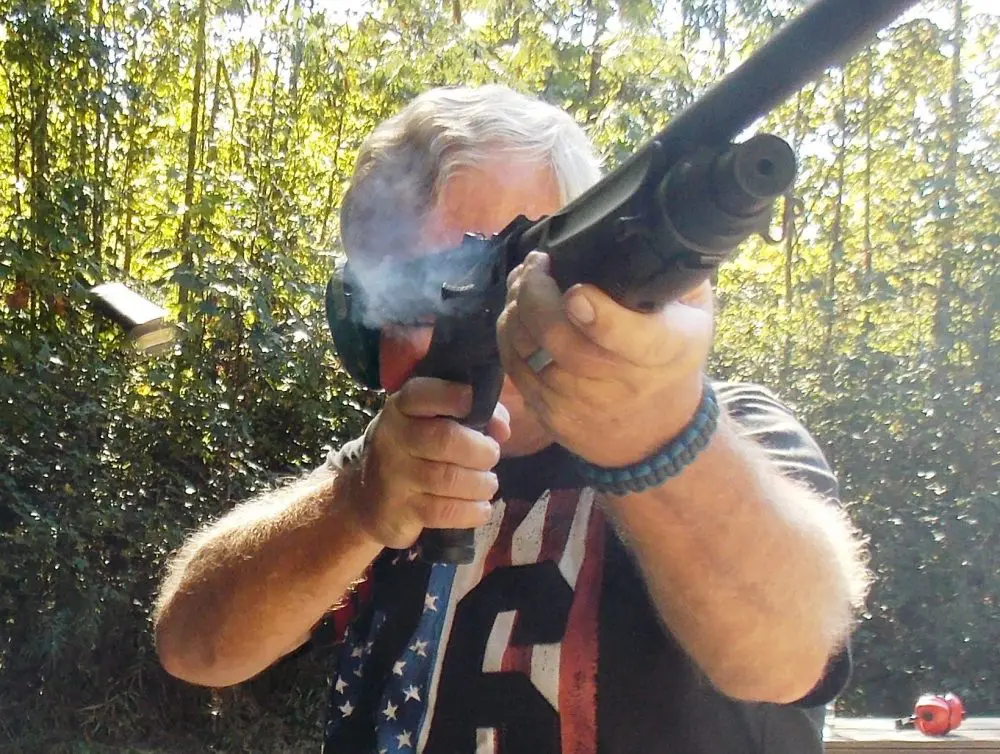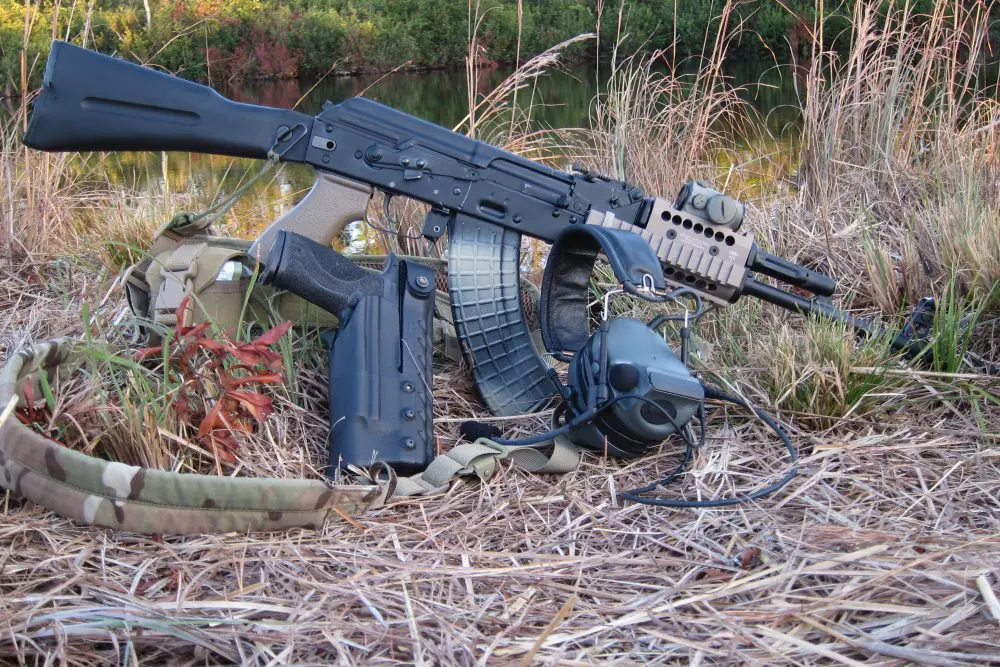I’m sneaky and proud of it.
I suppose that, within the pages of this highly respected journal, I should refer to our topic de jour as “stealth,” but that just sounds too high-minded for what we’re talking about: slipping closer to bad people and doing unto them whatever our mission plan currently requires.
The idea of stealth is an offensive, rather than defensive, concept. If you are practicing stealthy movement, it is because you are typically moving toward a problem or target rather than away from it. You might indeed be slipping away after a mission, but the idea is essentially the same, because you are trying to save yourself and/or buddies to fight again another day.
If you are moving in for a fight, the goal is always to prevent detection prior to engaging the enemy. It might be a matter of a cop slipping up to reconnoiter a drug house, an infantry squad slithering through mountainous terrain to surprise an enemy encampment or anything in between, but surreptitious movement is an important tool of everyone who moves toward danger.
Much time is given to stealth training, especially for those who utilize it extensively, such as snipers. However, the beat cop, infantryman or even private citizen will have occasion to “sneak up” on a potential adversary. Regardless of circumstance or occupation, knowing a few basics of how to move like a whispering breeze can make life safer for the good guys.
The most common target indicator in any environment is movement. Even the most crack-addled drug dealer can work out the potential malevolence of a mailbox nonchalantly sauntering toward his street corner. No matter what the terrain or the concealment method used, movement is the biggest obstacle to remaining undetected.
That is why snipers move toward their forward firing position with all the alacrity of a narcoleptic sloth. While this rate of forward progress is impractical in most other situations, we can take a few pointers from our prone friends who are currently serving as a bug and spider buffet.
Even moving slowly, the sniper tries to move with fluidity, because it is well proven that smooth movement is far more difficult to detect than erratic, jerky motion. This requires an almost Zen-like patience to prevent instinctively grabbing at dropped equipment, slapping insects or other such movement. I have seen people moving carefully through the woods like a wary deer only to ruin the effect when suddenly bitten by a black fly.
The concept also works in the urban jungle, especially at night. Any rapid movement, whether from head, arms, legs, muzzle or flapping clothing, will quickly draw unwanted scrutiny to your position. Once the adversary has focused on your location, it is a simple matter to decide if you are a threat or not, sometimes via a few bullets.
Once you are progressing carefully, slowly, deliberately and without excessive movement, the next concept to consider is noise.
Placement of your feet is one of those subjects that sometimes becomes a little silly over beers and war stories. Most experienced operators have a favorite method of moving without making noise and love to demonstrate it after a few cocktails.
The most common schools of thought are the side-roll and toe-roll. In both cases, the goal is to place the foot down lightly at first, either on the toe or the side of the foot, then gently roll the rest of the sole down with increasing pressure. Even if a stick is encountered, it will often make a quieter and less abrupt noise when breaking than if a heavy boot is suddenly applied.
While rolling the foot, it is important to try to feel for obstacles that might cause noise or lead to a fall. If there are dried leaves or other crunchy material underfoot, they can be somewhat successfully negotiated by trying to “work” the foot slowly through the cover until the area underneath is relatively bare. Gently scooting aside broken glass or metal can also work.
Keep in mind that it is often easier to place the foot in a less-noisy location than try to deal with debris. Of course, this leads to what I consider the bigger problem when trying to sneak: loss of balance.
The interesting paradox about this problem is that I find the slower and more careful I’m trying to be, the greater likelihood that something will happen to cause a fall or at least a last-second grab for support. If you do lose your balance, it is best to gently drop to one knee than sway crazily or thud to deck.
Here is my personal inspiration for moving stealthily: cats.
I’m definitely a “dog guy,” but cats—big and small—provide the perfect instruction in the art of stealthy movement. If you’ve ever watched a cat stalking a bird on the lawn or a lion maneuver into position to take a gazelle, you’ve seen the perfect example of how stealthy movement works.
Until the final, furious rush, the cat is fixed on his target. He is both loose and taught, moving carefully, deliberately and fluidly. When the quarry becomes alarmed, the cat freezes in place until the victim is convinced the danger has passed. Soon, it is too late for the hapless bird or gazelle.
Though it might sound a little far-out, I use the same thought process while moving toward a target. I convince myself that I am a cat, a collection of flowing and graceful movements that won’t draw attention until I make the final rush toward my target.
As a side benefit, this mindset helps to convince yourself that you are indeed the ultimate predator—faster, stronger and better equipped for combat than the prey upon whom you descend. You become the king of the jungle—feared, fearsome and fast.
Such thinking has served me well so far.
Of course, my wife hates cleaning the giant litter box in our bedroom, but we all have to make sacrifices in the name of law and order.




